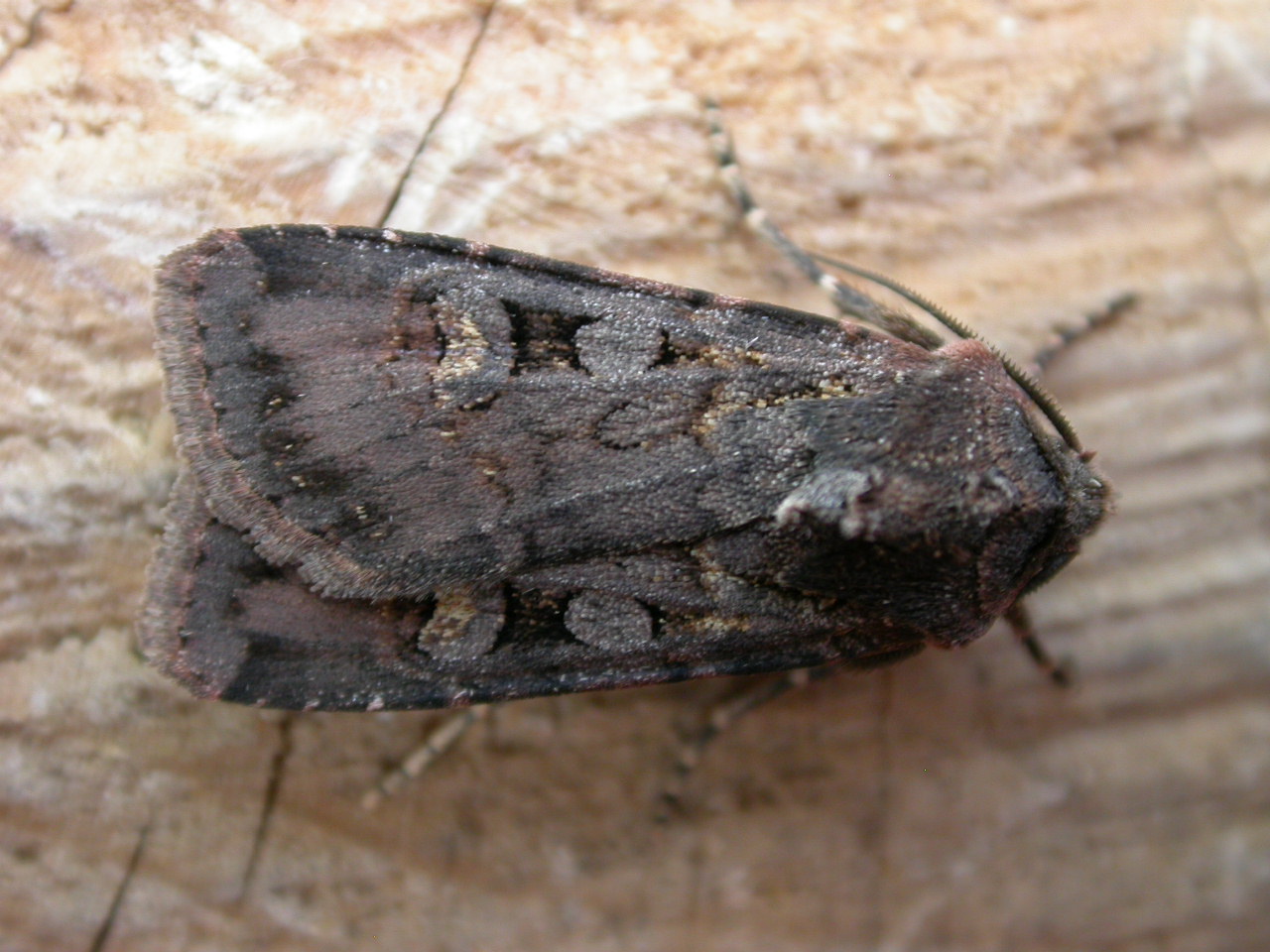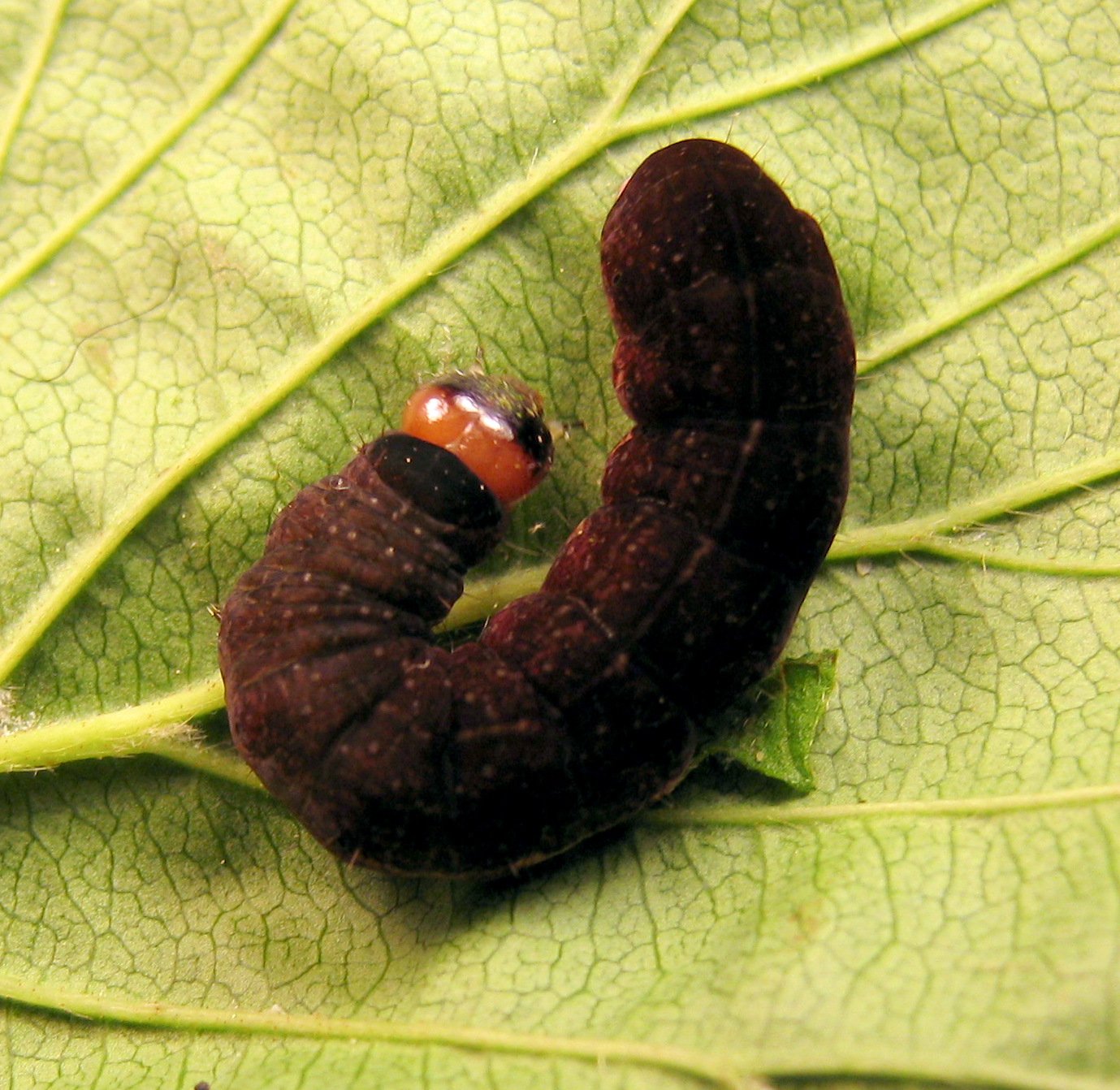|
Noctuinae
The Noctuinae are a subfamily of the family Noctuidae, and is composed of moths. The larvae of many species feed on roots or stems of various grasses. Some are generalist feeders which makes them potential pests. Noctuid systematics is in a state of flux; the list of tribes is provisional and other groups now considered more distinct (e.g. Hadeninae) were formerly included here. Likewise, the validity of the tribe Xestiini is doubtful for example. See also * List of Noctuinae genera Approximately 600 genera belong to the subfamily Noctuinae, cutworm or dart moths. There are more than 7,000 described species in this subfamily of Noctuidae. Noctuinae genera ; Tribe Actinotiini Beck, 1996 : ''Actinotia'' Hübner, 1821 : ''Alastr ... References * {{Noctuinae-stub ... [...More Info...] [...Related Items...] OR: [Wikipedia] [Google] [Baidu] |
List Of Noctuinae Genera
Approximately 600 genera belong to the subfamily Noctuinae, cutworm or dart moths. There are more than 7,000 described species in this subfamily of Noctuidae. Noctuinae genera ; Tribe Actinotiini Beck, 1996 : ''Actinotia'' Hübner, 1821 : ''Alastria'' Lafontaine & Troubridge, 2004 : ''Chloantha'' Boisduval, Rambur & Graslin, 1836 : ''Iodopepla'' Franclemont, 1964 : ''Nedra'' Clarke, 1940 ; Tribe Apameini Guenée, 1841 : ''Achatodes'' Guenée, 1852 : ''Acrapex'' Hampson, 1894 : ''Afrogortyna'' Krüger, 1997 : ''Amphipoea'' Billberg, 1820 : ''Anapamea'' Sugi, 1982 : ''Antapamea'' Sugi, 1982 : ''Apamea (moth), Apamea'' Ochsenheimer, 1816 : ''Archanara'' Walker, 1866 : ''Arenostola'' Hampson, 1908 : ''Argyrospila'' Herrich-Schaffer, 1851 : ''Asidemia'' Sugi, 1982 : ''Atrachea'' Warren, 1911 : ''Benjaminiola'' Strand, 1928 : ''Buakea'' Moyal et al., 2011 : ''Calamia'' Hübner, 1821 : ''Cervyna'' Ronkay, Zilli & Fibiger, 2005 : ''Cherokeea'' Quinter & Sullivan, 2014 : ''Cobalos'' Smith, 1 ... [...More Info...] [...Related Items...] OR: [Wikipedia] [Google] [Baidu] |
Pseudeustrotiini
Pseudeustrotiini is a tribe of cutworm or dart moths in the family Noctuidae. There are at least three described species in Pseudeustrotiini. Genera * ''Anterastria'' Sugi, 1982 * ''Pseudeustrotia ''Pseudeustrotia'' is a genus of moths of the family Noctuidae The Noctuidae, commonly known as owlet moths, cutworms or armyworms, are a family of moths. They are considered the most controversial family in the superfamily Noctuoidea becaus ...'' Warren, 1913 References * Lafontaine, J. Donald & Schmidt, B. Christian (2010). "Annotated check list of the Noctuoidea (Insecta, Lepidoptera) of North America north of Mexico". ''ZooKeys'', vol. 40, 1-239. Further reading * External links Butterflies and Moths of North America Noctuinae {{Noctuoidea-stub ... [...More Info...] [...Related Items...] OR: [Wikipedia] [Google] [Baidu] |
Hadeninae
Hadeninae was formerly a subfamily of the moth family Noctuidae, but was merged into the subfamily Noctuinae. The tribes Apameini, Caradrinini, Elaphriini, Episemini, Eriopygini, Hadenini, Leucaniini, Orthosiini, and Xylenini The Xylenini are a mid-sized tribe of moths in the Hadeninae subfamily. There is some dispute about this tribe. Some resources have these genera listed under subfamily Cuculliinae instead, or upranked them to a distinct subfamily Xyleninae. Ge ... were moved from Hadeninae to Noctuinae. References {{Taxonbar, from=Q133306 Noctuidae Obsolete arthropod taxa ... [...More Info...] [...Related Items...] OR: [Wikipedia] [Google] [Baidu] |
Noctuidae
The Noctuidae, commonly known as owlet moths, cutworms or armyworms, are a family of moths. They are considered the most controversial family in the superfamily Noctuoidea because many of the clades are constantly changing, along with the other families of the Noctuoidea. It was considered the largest family in Lepidoptera for a long time, but after regrouping Lymantriinae, Catocalinae and Calpinae within the family Erebidae, the latter holds this title now. Currently, Noctuidae is the second largest family in Noctuoidea, with about 1,089 genera and 11,772 species. This classification is still contingent, as more changes continue to appear between Noctuidae and Erebidae. Description Adult: Most noctuid adults have drab wings, but some subfamilies, such as Acronictinae and Agaristinae, are very colorful, especially those from tropical regions (e.g. '' Baorisa hieroglyphica''). They are characterized by a structure in the metathorax called the nodular sclerite or epaulette, whic ... [...More Info...] [...Related Items...] OR: [Wikipedia] [Google] [Baidu] |
Hadenini
Hadenini is a tribe of cutworm or dart moths in the family Noctuidae. There are more than 140 genera and 1,000 described species in Hadenini, found worldwide. Hadenini was formerly a tribe of the subfamily Hadeninae, but Hadeninae was moved to the subfamily Noctuinae. The tribes Apameini, Caradrinini, Elaphriini, Episemini, Eriopygini, Hadenini, Leucaniini, Orthosiini, and Xylenini were moved from Hadeninae to Noctuinae. Genera These 145 genera belong to Hadenini. * '' Afotella'' Barnes & Benjamin, 1925 * '' Anapoma'' Berio, 1980 * '' Anarta'' Ochsenheimer, 1816 * '' Anartomorpha'' Alphéraky, 1892 * '' Antha'' Staudinger, 1892 * '' Apospasta'' Fletcher D.S., 1959 * '' Aspidifrontia'' Hampson, 1902 * '' Bambusiphila'' Sugi, 1958 * '' Brithysana'' Viette, 1963 * '' Calpiformis'' Hampson, 1908 * '' Campydelta'' Berio, 1964 * '' Capillamentum'' Pinhey, 1956 * '' Caradjia'' Zerny, 1928 * '' Cardepia'' Hampson, 1905 * '' Catamecia'' Staudinger, 1898 * '' Catasema'' Staudinger ... [...More Info...] [...Related Items...] OR: [Wikipedia] [Google] [Baidu] |
Noctuini
Noctuini is a tribe of owlet moths in the family Noctuidae. There are at least 520 described species in Noctuini. Noctuini genera * ''Abagrotis'' Smith, 1890 * '' Actebia'' Stephens, 1829 * '' Adelphagrotis'' Smith, 1890 * ''Agnorisma'' Lafontaine, 1998 * ''Agrotis'' Ochsenheimer, 1816 * '' Anaplectoides'' McDunnough, 1929 * '' Anicla'' Grote, 1874 * '' Aplectoides'' Butler, 1878 * '' Cerastis'' Ochsenheimer, 1816 * '' Chersotis'' Boisduval, 1840 * '' Choephora'' Grote & Robinson, 1868 * ''Coenophila'' Stephens, 1850 * '' Copablepharon'' Harvey, 1878 * ''Cryptocala'' Benjamin, 1921 * '' Diarsia'' Hübner, 1821 * '' Dichagyris'' Lederer, 1857 * '' Eucoptocnemis'' Grote, 1874 * '' Eueretagrotis'' Smith, 1890 * ''Eurois'' Hübner, 1821 * ''Euxoa'' Hübner, 1821 * ''Feltia'' Walker, 1856 * ''Graphiphora'' Ochsenheimer, 1816 * ''Hemieuxoa'' McDunnough, 1929 * ''Hemipachnobia'' McDunnough, 1929 * ''Isochlora'' Staudinger, 1882 * ''Lycophotia'' Hübner, 1821 * '' Noctua'' Linnaeus, 1758 ... [...More Info...] [...Related Items...] OR: [Wikipedia] [Google] [Baidu] |
Apameini
The Apameini are a mid-sized tribe (biology), tribe of moths in the Noctuinae subfamily (formerly in the Hadeninae subfamily). Selected genera *''Achatodes'' Guenée, 1852 *''Agroperina'' Hampson, 1908 *''Apamea (genus), Apamea'' Ochsenheimer, 1816 *''Archanara'' Walker, 1866 *''Cherokeea'' Quinter & Sullivan, 2014 *''Crymodes'' Guenée, 1841 *''Eremobina'' McDunnough, 1937 *''Helotropha'' Lederer, 1857 *''Hydraecia'' Guenée, 1841 *''Hypocoena'' Hampson, 1908 *''Luperina'' Boisduval, 1829 *''Macronoctua'' Grote, 1874 *''Minigrapta'' Kononenko & Matov, 2012 *''Oligia'' Hübner, 1821 *''Papaipema'' Smith, 1899 *''Parastichtis'' Hübner, 1821 *''Trichoplexia'' Hampson, 1908 References ITIS standard report page Apameini, {{Hadeninae-stub ... [...More Info...] [...Related Items...] OR: [Wikipedia] [Google] [Baidu] |
Eupsilia Early Instar
''Eupsilia'' is a genus of moths of the family Noctuidae. The taxonomy is in question. One possibility is: subfamily Noctuinae, tribe Xylenini, subtribe Xylenina (Bugguide.net). Another alternative is: Subfamily Hadeninae (Biolib). Species * '' Eupsilia boursini'' Sugi, 1958 * '' Eupsilia cirripalea'' Franclemont, 1952 * '' Eupsilia confusa'' Owada & Kobayashi, 1993 * '' Eupsilia contracta'' (Butler, 1878) * '' Eupsilia cuprea'' Hreblay & Ronkay, 1998 * '' Eupsilia devia'' (Grote, 1874) * '' Eupsilia fringata'' (Barnes & McDunnough, 1916) * '' Eupsilia hidakaensis'' Sugi, 1987 * '' Eupsilia knowltoni'' McDunnough, 1946 * '' Eupsilia kurenzovi'' Kononenko, 1976 * '' Eupsilia morrisoni'' (Grote, 1874) * '' Eupsilia parashyu'' Hreblay & Ronkay, 1998 * '' Eupsilia quadrilinea'' (Leech, 1889) * '' Eupsilia quinquelinea'' Boursin, 1956 * '' Eupsilia shyu'' Chang, 1991 * '' Eupsilia sidus'' (Guenée, 1852) * '' Eupsilia silla'' Kononenko & Ahn, 1998 * '' Eupsilia strigifera'' Butler, ... [...More Info...] [...Related Items...] OR: [Wikipedia] [Google] [Baidu] |
Xestia Triangulum Larva
''Xestia'' is a genus of noctuid moths (family Noctuidae). They are the type genus of the tribe Xestiini in subfamily Noctuinae, though some authors merge this tribe with the Noctuini. Species in this genus are commonly known as "clays", "darts" or " rustics", but such names are commonplace among Noctuidae. ''Xestia'' moths have a wide distribution, though they most prominently occur in the Holarctic. With almost 200 species included at one time, ''Xestia'' was something of a "wastebin genus". But almost half of the traditional species are now placed elsewhere (see below), and some of the remaining ones are liable to be assigned to another genus also. On the other hand, new moths that probably do belong in this genus are still being discovered (e.g. '' X. hypographa'', which led to the 2002 transfer of '' X. ornata'' from ''Eugraphe'' to here). Thus, unless there are drastic taxonomic changes in the future, ''Xestia'' is likely to remain one of the larger noctuine genera. Ecolo ... [...More Info...] [...Related Items...] OR: [Wikipedia] [Google] [Baidu] |
Eriopygini
The Eriopygini are a small-sized tribe of moths in the Noctuinae subfamily. It was formerly placed in the Hadeninae subfamily. Selected Genera *'' Anhimella'' *'' Anhypotrix'' *'' Fergusonix'' *''Hexorthodes ''Hexorthodes'' is a genus of moths of the family Noctuidae. Species * '' Hexorthodes accurata'' (H. Edwards, 1882) * '' Hexorthodes agrotiformis'' (Grote, 1881) (syn: ''Hexorthodes planalis'' (Grote, 1883), ''Hexorthodes diplopis'' (Dyar, 1914) ...'' *'' Homorthodes'' *'' Hydroeciodes'' *'' Hypotrix'' *'' Lacinipolia'' *'' Lasionycta'' *'' Marilopteryx'' *'' Miodera'' *'' Neleucania'' *'' Nudorthodes'' *'' Orthodes'' *'' Protorthodes'' *'' Psammopolia'' *'' Pseudorthodes'' *'' Tricholita'' *'' Ulolonche'' *'' Zosteropoda'' References {{Eriopygini-stub ... [...More Info...] [...Related Items...] OR: [Wikipedia] [Google] [Baidu] |
Leucaniini
Leucaniini is a tribe (biology), tribe of cutworm or dart moth in the family Noctuidae. There are at least 40 described species in Leucaniini. Genera * ''Leucania'' Ochsenheimer, 1816 * ''Mythimna (moth), Mythimna'' Ochsenheimer, 1816 * ''Senta (moth), Senta'' Stephens, 1834 References * Lafontaine, J. Donald & Schmidt, B. Christian (2010). "Annotated check list of the Noctuoidea (Insecta, Lepidoptera) of North America north of Mexico". ''ZooKeys'', vol. 40, 1-239. Further reading * External links Butterflies and Moths of North America Noctuinae {{Noctuoidea-stub ... [...More Info...] [...Related Items...] OR: [Wikipedia] [Google] [Baidu] |

.jpg)


